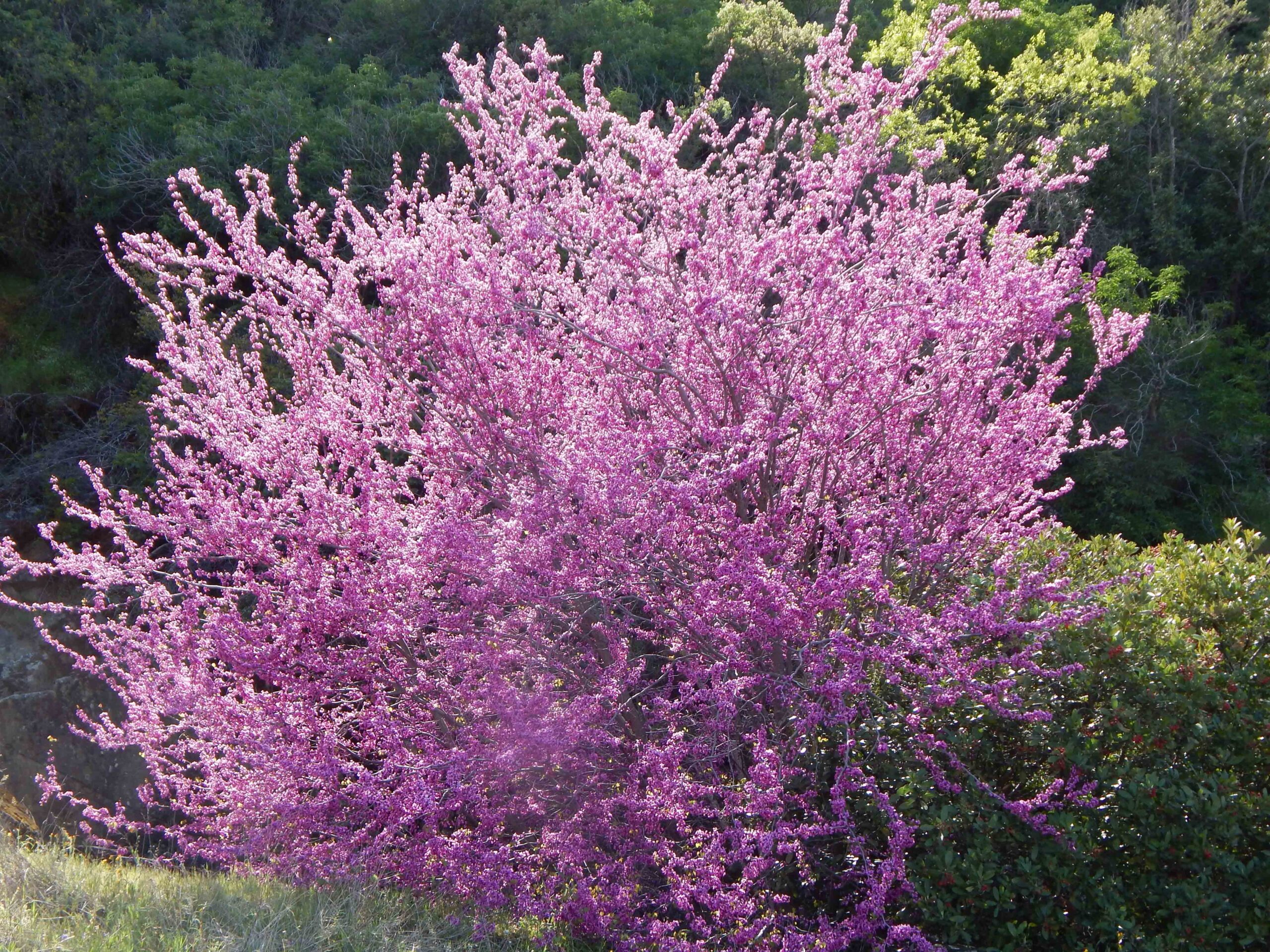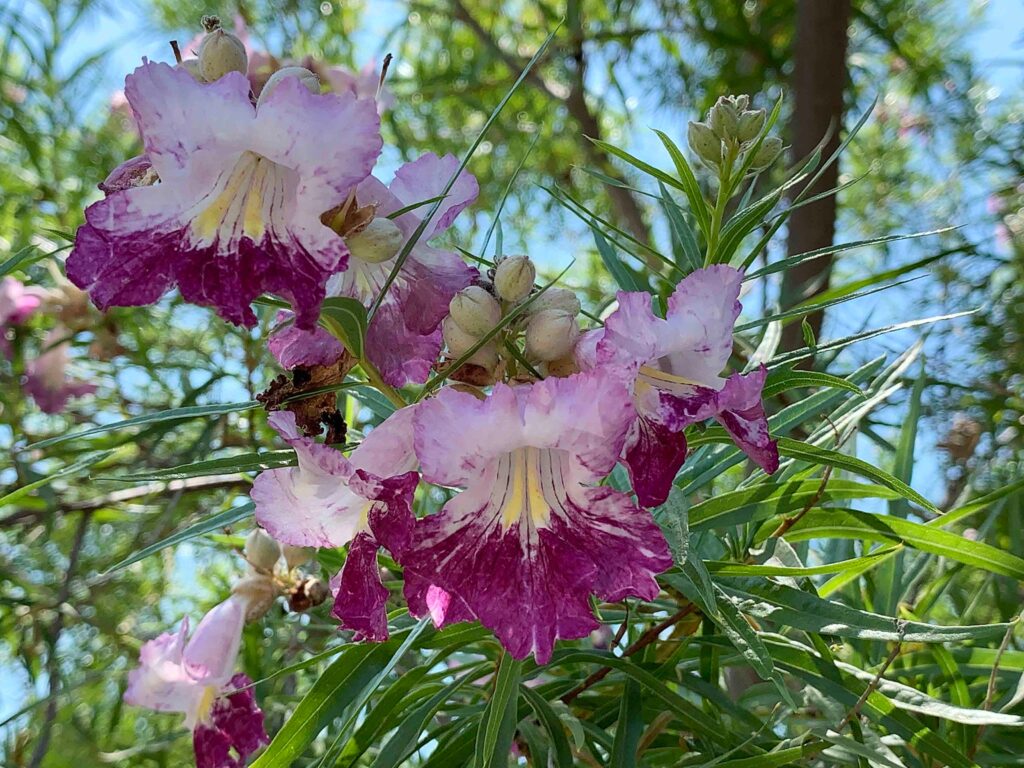
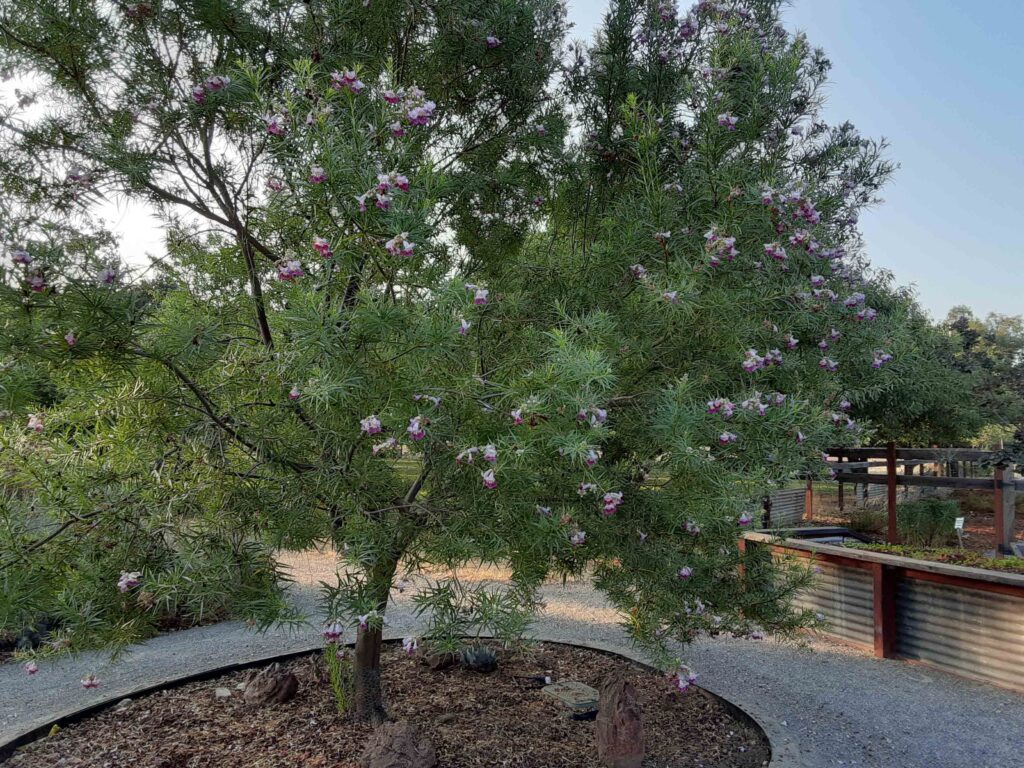
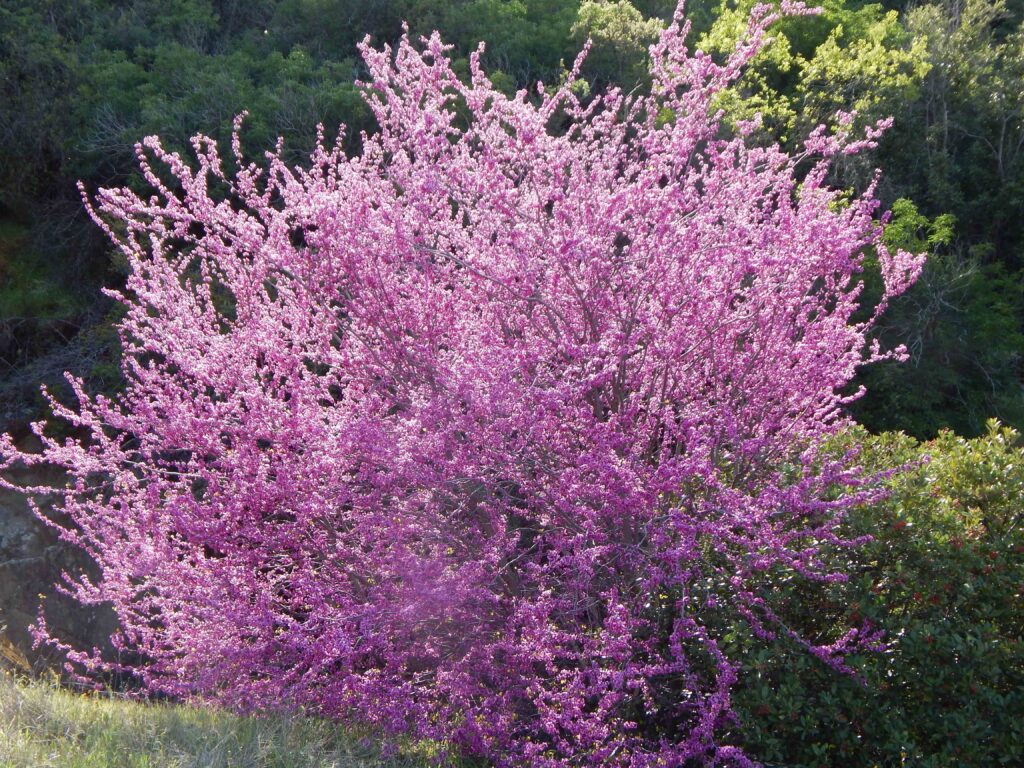

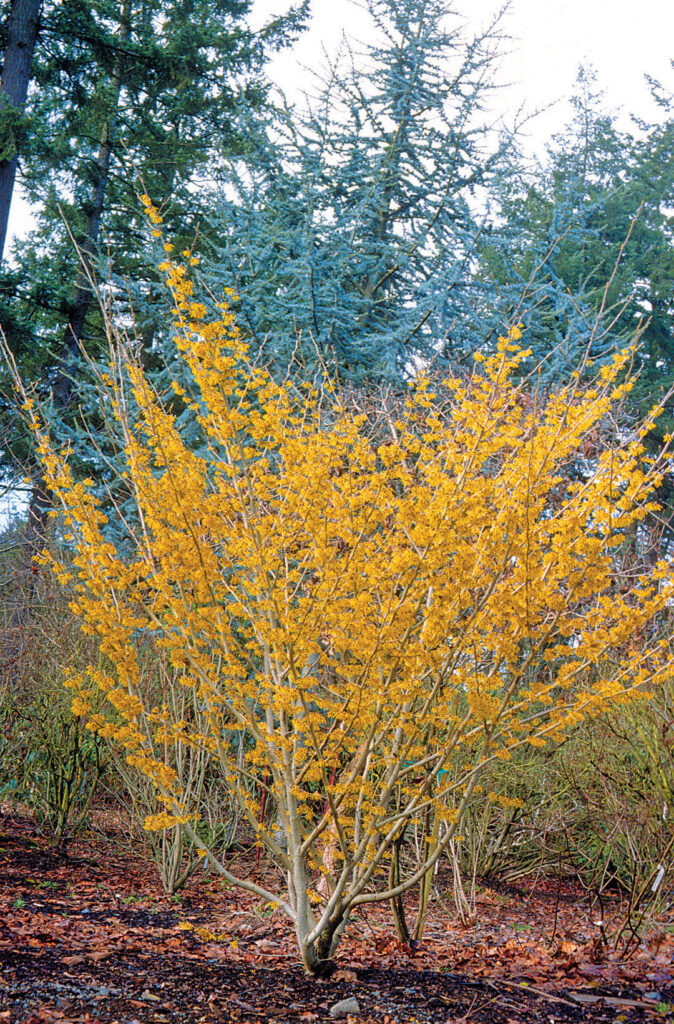
Article published in the News-Review October 4, 2024
By : Chris Rusch
“Three small trees to bring interest to your garden”
Question: I would like to plant an interesting and colorful small tree in my yard. I need a tree that is deer-resistant and easy to care for. Can you give me some recommendations?
Answer: Lucky for you, fall is here, and it is a great time for planting trees in your yard. The ideal time to plant trees in our area is six weeks before the first sign of a hard frost, usually, September through November. There are several benefits to fall planting. Trees planted in the fall are better equipped to deal the with heat and drought in the following summer. Another benefit is that fall planting allows the roots of your new tree to become established before winter sets in. Soils stay warm in the fall well after the air temperature cools, encouraging new root growth. With an increase in rainfall and cooler temperatures in the fall, less watering is needed, giving your tree an opportunity to become settled in with less stress.
Below are some unusual, lovely small trees that have great fall color and delightful spring blooms to consider for your landscape.
The desert willow (Chilopsis linearis) creates interest in the way of color, form and size. Desert willow is a unique small tree that is low maintenance and tolerant of extreme heat and drought. This plant thrives in a well-drained site in many types of soil. It does this all while attracting bees, butterflies and birds. If you are looking for a gorgeous small tree with great color and size, give the desert willow a look. Here are its basic care requirements. Plant in the sunniest location you can find. Water regularly during establishment and then occasionally during the summer months. Once established, the desert willow can readily tolerate dry conditions and droughts with ease. The desert willow’s natural habitat gets plenty of sunlight, so it naturally loves full sun. To get the best bloom production, ensure that you place it in an area that receives a full six hours of direct sunlight per day. You will notice a marked lack of blooms in shady conditions. After the flowering season, trim back the branches by about a third to prepare it for winter dormancy. This will encourage more branching and blooming during the next season. After finding the perfect location in your garden for your desert willow, it will be as close to a set-it-and-forget-it plant as you can get.
The Western redbud tree (Cercis occidentalis) is a small deciduous tree native to the mountains of Northern California, but well adapted to the climate of Southwestern Oregon. The thin, shiny brown branches bear shiny heart-shaped leaves which are light green early in the season and darken as they age. In the fall the leaves turn gold or red as the weather cools. Showy flowers develop in the spring and are bright pink or magenta, and grow in clusters all over the tree, making the plant very colorful and noticeable in the landscape. The flowers are popular with a variety of native bees and butterflies. Western redbuds grow best in full sun but can tolerate partial shade. In very hot, dry areas, light afternoon shade can help prevent leaves from scalding. Western redbuds prefer well-drained soil and can tolerate a variety of soil types, but do not do well in poorly drained or constantly wet soils. Water new plantings weekly for the first two years, and then water only when the soil feels dry about three inches down. In extended dry and hot periods, you can water weekly.
Witch hazel (Hamamelis virginiana)is a hardy small tree that produces eye-catching, fragrant red and yellow wispy blooms in your winter landscape January into April, depending on the weather. Witch hazel flowers have a lemon-zesty fragrance. Witch hazel flowers have adapted to winter cold, curling up during freezing temperatures. It has yellow fall foliage that persists on the branches late into the season. Native to North America, it grows best in mild climates, in full sun, and in moist, slightly acidic, well-draining soil. Witch hazel is also beloved for its tendency to attract pollinators and songbirds and for its deer-resistance. Place the shrub in full sun, although partial sun is okay for plants in hot weather zones. Given the winter appeal of witch hazels, finding a good site is worth some time and thought. Though flower color and scent will figure prominently in your decision, the tree’s mature shape and winter silhouette should be carefully considered.
When purchasing your special small tree, choose a bare-root or potted tree with upright form and 1-3 stems.
Do you have a gardening question? Please email, call, or visit the Douglas County Master Gardener Plant Clinic at douglasmg@oregonstate.edu, 541-672-4461, or 1134 S.E. Douglas Ave., Roseburg.

